KATHMANDU, June 17: Nepal is grappling with a steep decline in foreign aid at a time when its own revenue collection has failed to meet expectations, leading to a shortage of funds for national development. Over the past four years, foreign aid has dropped by nearly Rs 61 billion, with both concessional loans and grants seeing a downward trend.
The decline stems largely from the government's limited capacity to spend and delays in implementing development projects. Although the Finance Ministry claims the drop is partly due to increased domestic resource mobilization and a gradual shift away from aid dependency, the shortfall is increasingly affecting critical sectors like infrastructure, roads, irrigation, electricity, water supply, education, health, and agriculture.
Between fiscal years 2077/78 and 2080/81, Nepal’s total foreign aid—comprising grants and concessional loans—dropped by Rs 60.91 billion. Even in the current fiscal year 2081/82, the expected inflow of foreign assistance has not materialized.
Dr. Prakash Kumar Shrestha, a member of the National Planning Commission, attributed the decline to weak spending capacity. "Foreign aid—both loans and grants—has decreased due to limited development financing and borrowing capacity. Globally, too, the landscape for grant aid has shifted," he said.
According to the Ministry of Finance, Nepal received Rs 174.18 billion in foreign aid in FY 2077/78. That figure fell to just Rs 13.27 billion in FY 2080/81. As of Falgun of the current fiscal year, foreign grants stood at Rs 9.16 billion, while concessional loans reached Rs 65.74 billion—bringing total foreign aid receipts to Rs 74.63 billion so far.
Weak govt capacity: Rs 350 billion budget remained unspent
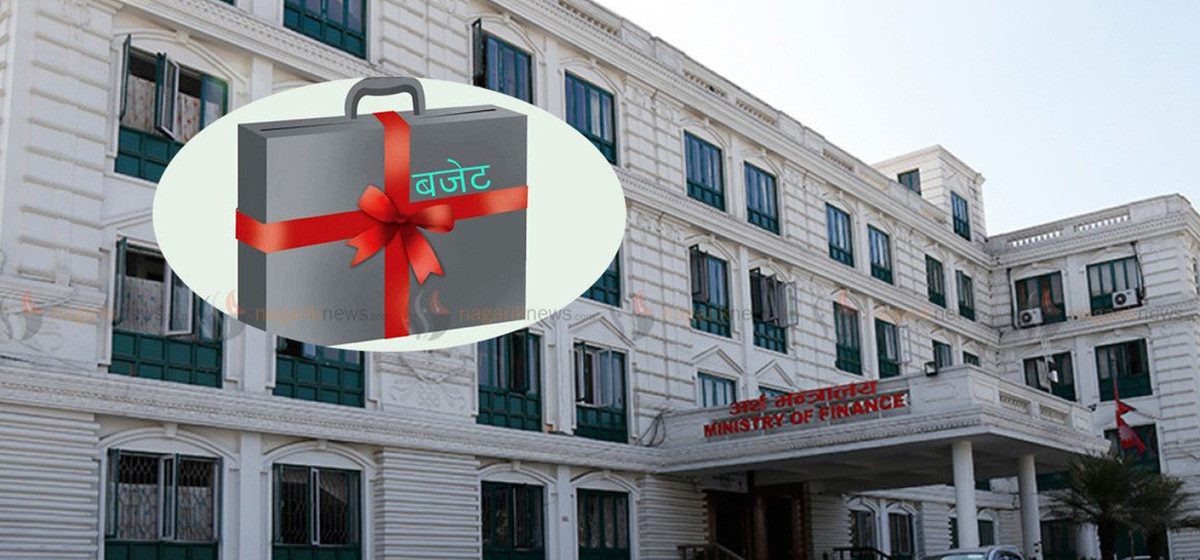
At this pace, Nepal is receiving aid at a monthly average of Rs 9.3 billion. If the trend continues, the total aid for the year is projected to reach only about Rs 111 billion. Aid inflows have steadily declined over the past four years: from Rs 174 billion in 2077/78 to Rs 135 billion in 2078/79, Rs 123 billion in 2079/80, and Rs 113 billion in 2080/81.
The Ministry reports a 20.7 percent decline in aid inflows and utilization between the Eighth and Fifteenth Five-Year Plans. During the Eighth Plan, foreign aid—including grants, loans, and revenue—accounted for an annual average of 33.4 percent of total resources. By the Fifteenth Plan, this figure had dropped to just 12.7 percent. Similarly, foreign aid utilization fell from 30.7 percent of total government spending during the Eighth Plan to just 12 percent during the Fifteenth.
Officials cite increased domestic resource mobilization as one reason for the lower share of foreign aid in the national budget. Economic experts, however, also point to the winding down of large-scale post-earthquake reconstruction projects as a factor behind the decline.
Another setback has been the drop in U.S. assistance following Donald Trump's presidency. Nearly three dozen USAID-supported programs operating under Nepal’s budgetary system were affected as American aid was slashed. Meanwhile, despite declining foreign aid, the government faces mounting pressure to fund development programs.
Although the government had set a revised target to mobilize Rs 34.89 billion in grants and Rs 1.69 billion in loans this fiscal year, it is unlikely to meet those figures. The National Planning Commission had recommended increasing foreign aid by 22 percent and loans by 30 percent, but actual inflows continue to fall short. With domestic revenue unable to even cover regular expenses, Nepal is increasingly dependent on external grants, loans, and domestic borrowing to plug the widening fiscal gap.
For the upcoming fiscal year, the government has secured commitments totaling Rs 287.84 billion in foreign aid from various international donors—of which Rs 53.44 billion will be grants and Rs 233.66 billion concessional loans. Nepal currently receives grants from 31 donor agencies, including India, Switzerland, the Millennium Challenge Corporation (MCC), China, the EU, Germany (KfW), Japan, UNICEF, WHO, UNDP, WFP, GAVI, and others.
Likewise, 17 agencies provide concessional loans, including the Asian Development Bank (ADB), China's Exim Bank, Saudi Fund, Kuwait Fund, European Investment Bank, IMF, IFAD, and India’s Exim Bank. These loans typically come with long-term and concessional terms, though some are conditional.
Despite available funding commitments, the actual execution of aid-funded projects remains slow due to poor management and delays by contractors. The Ministry of Finance acknowledges that low capital expenditure has reduced the volume of direct payments and reimbursements from development partners—contributing to lower aid mobilization.
The government continues to engage in discussions with bilateral and multilateral partners on better utilization of both grants and concessional loans. Yet concerns persist that the fall in foreign assistance will undermine Nepal’s development progress. Experts warn that infrastructure projects are already being affected due to budgetary constraints. And while some grants are still being mobilized outside the national budget system through NGOs and international organizations, the reliance on structured, budgeted foreign aid remains critical.






-1765616104-1765618344.webp)






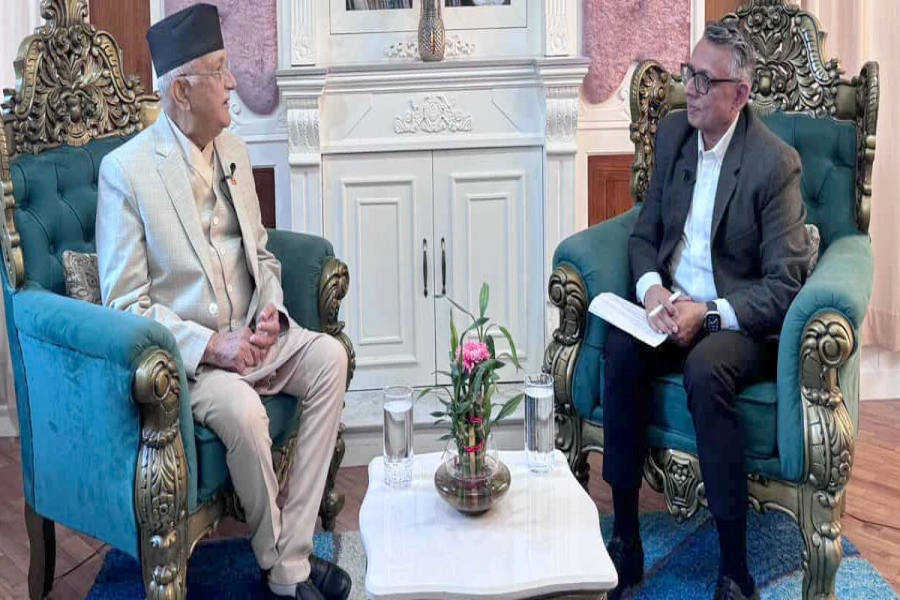
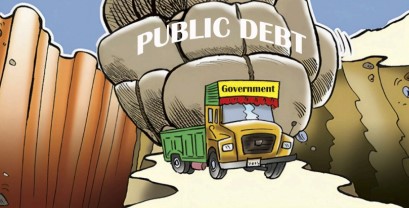
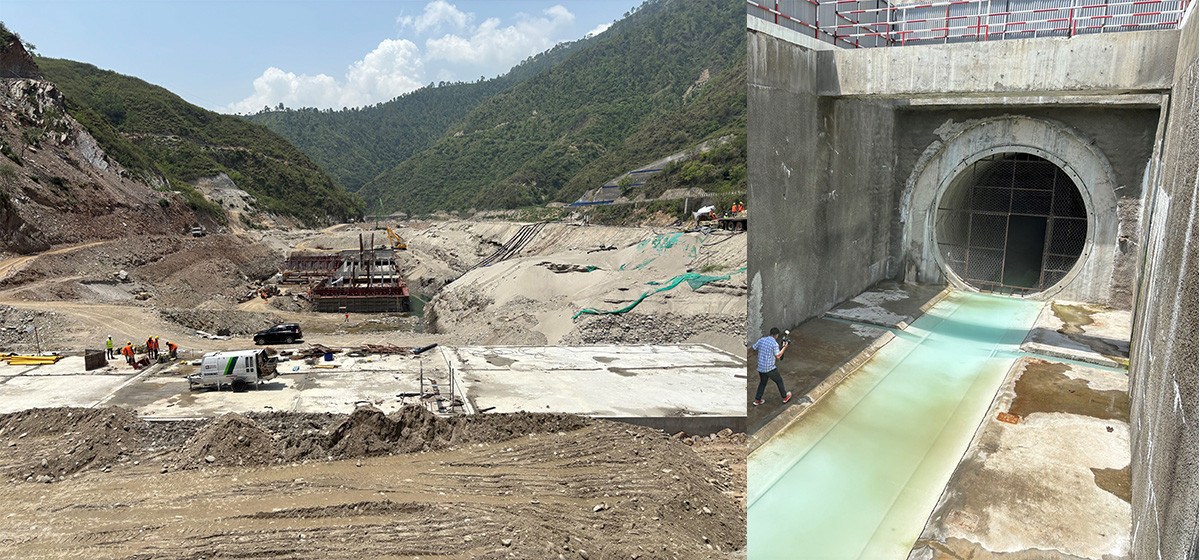

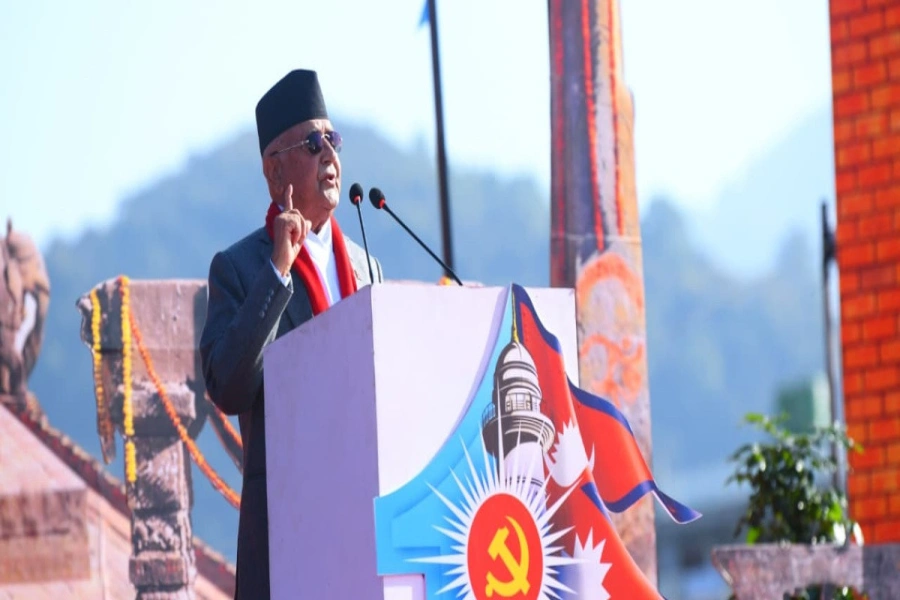






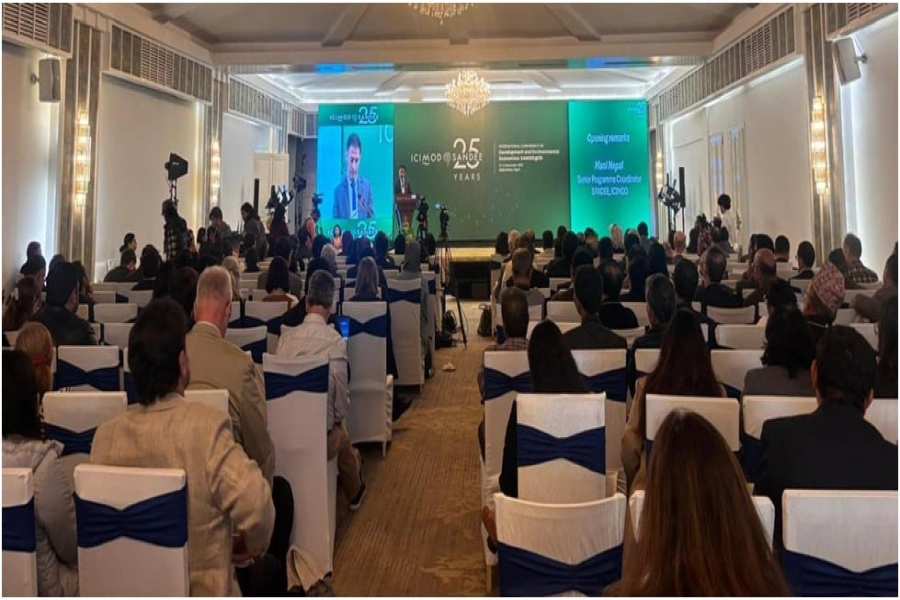












-1765616104.webp)
